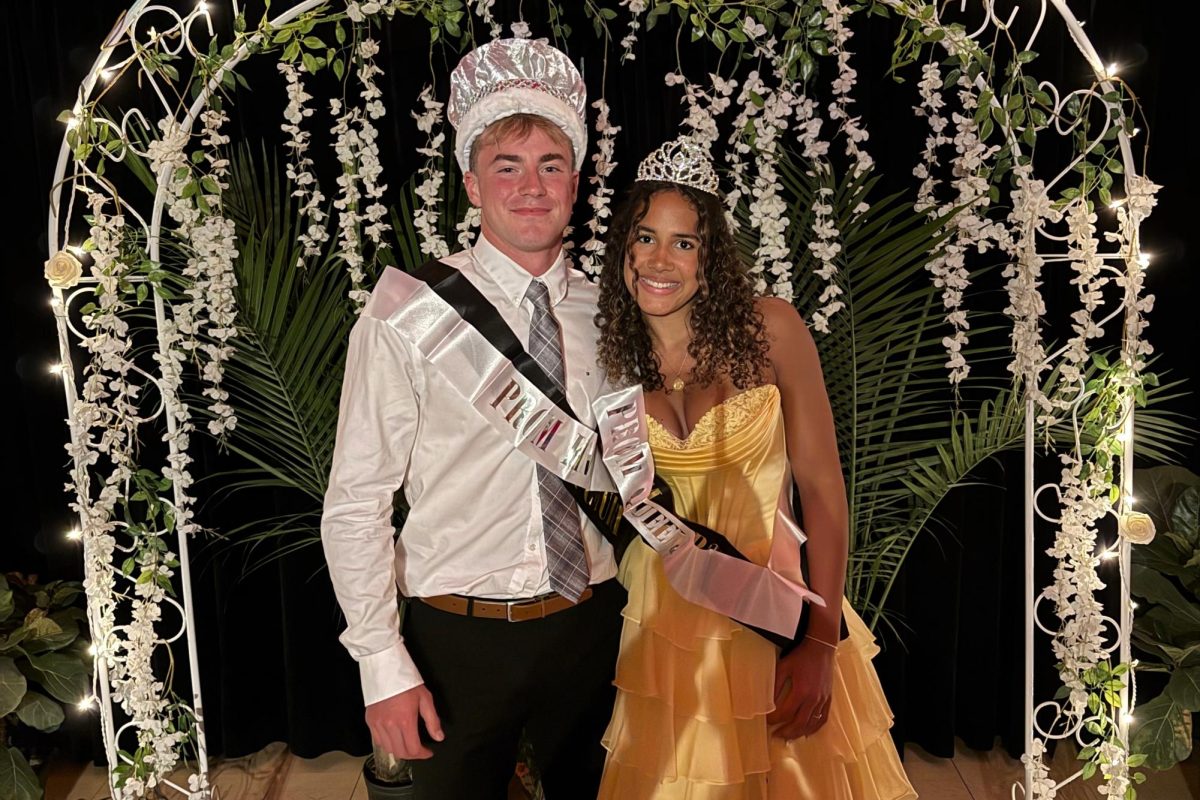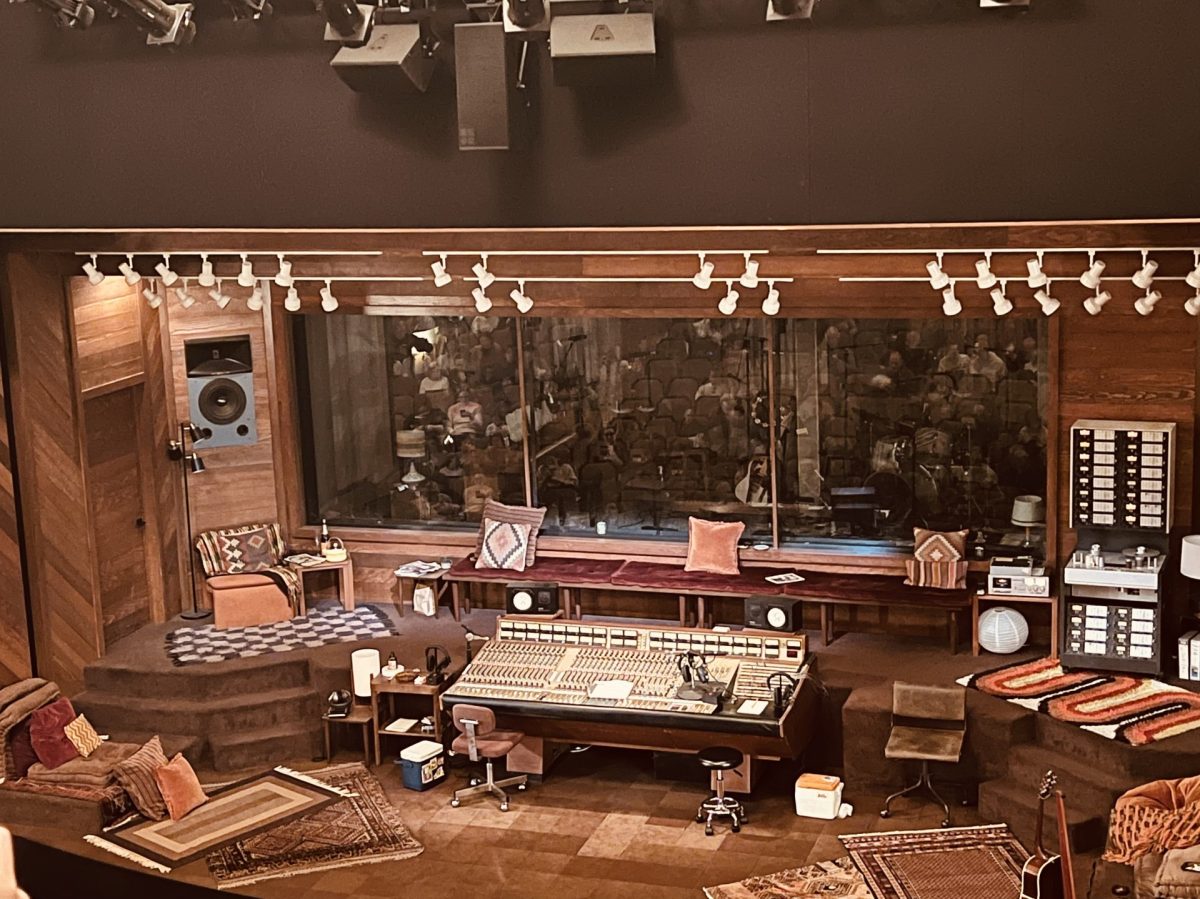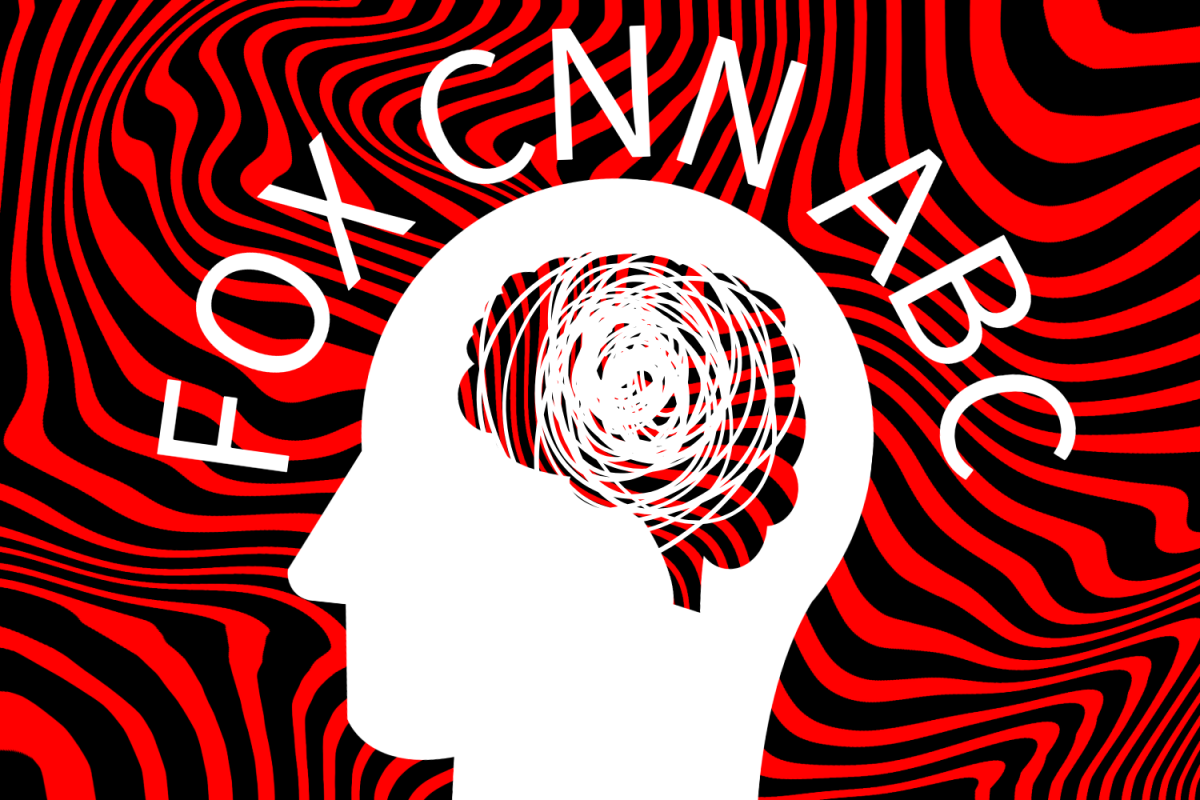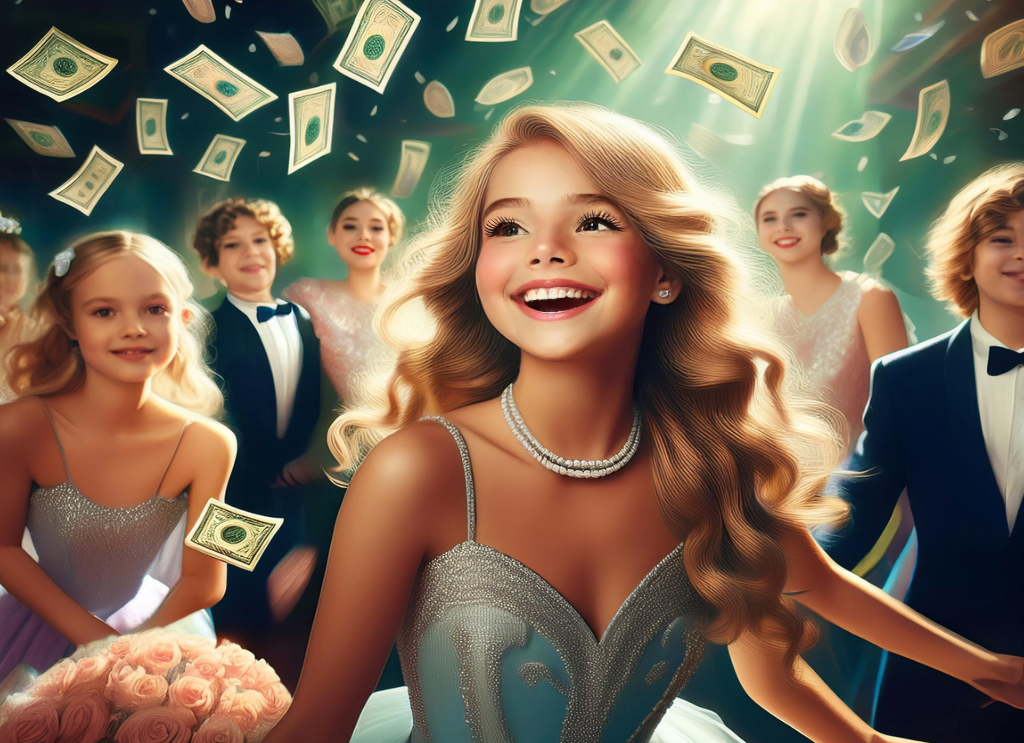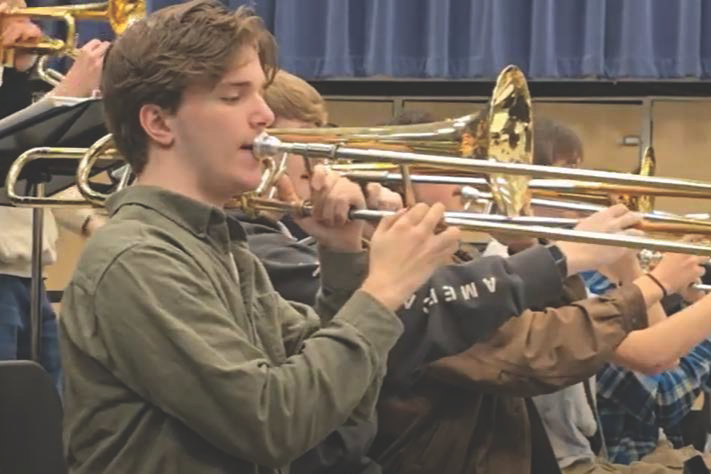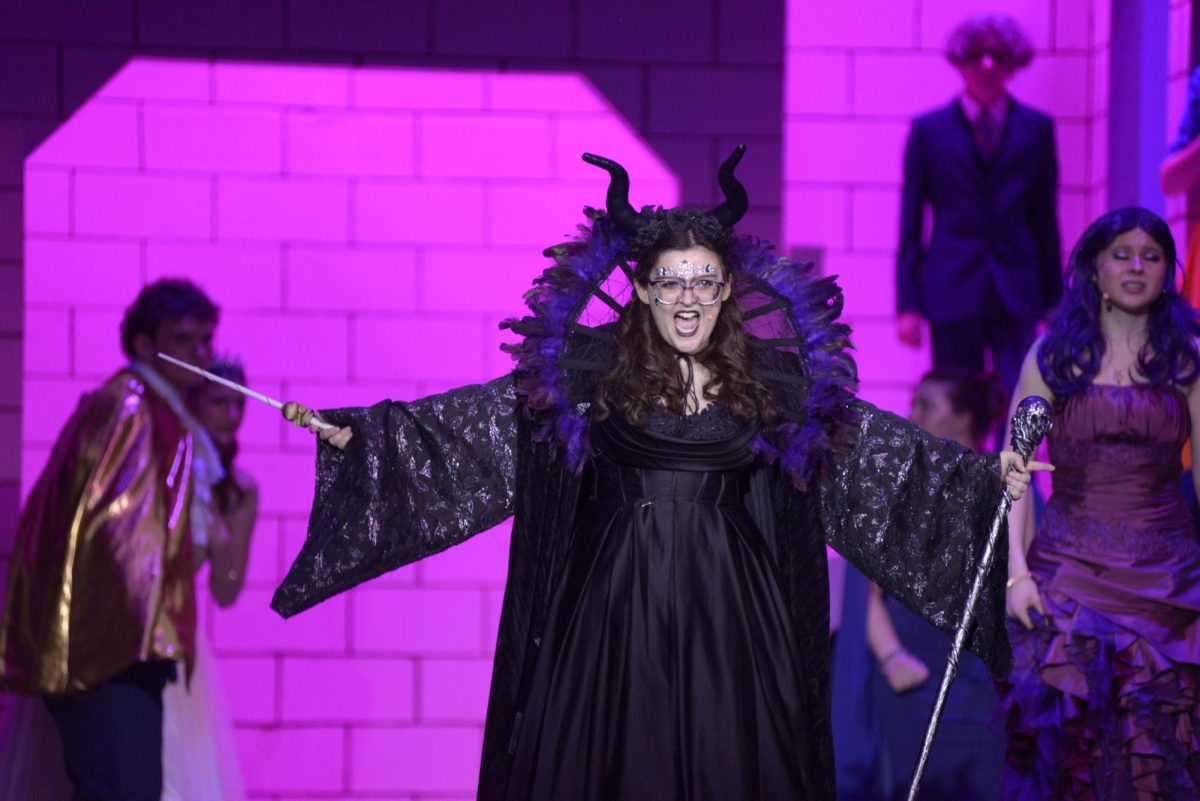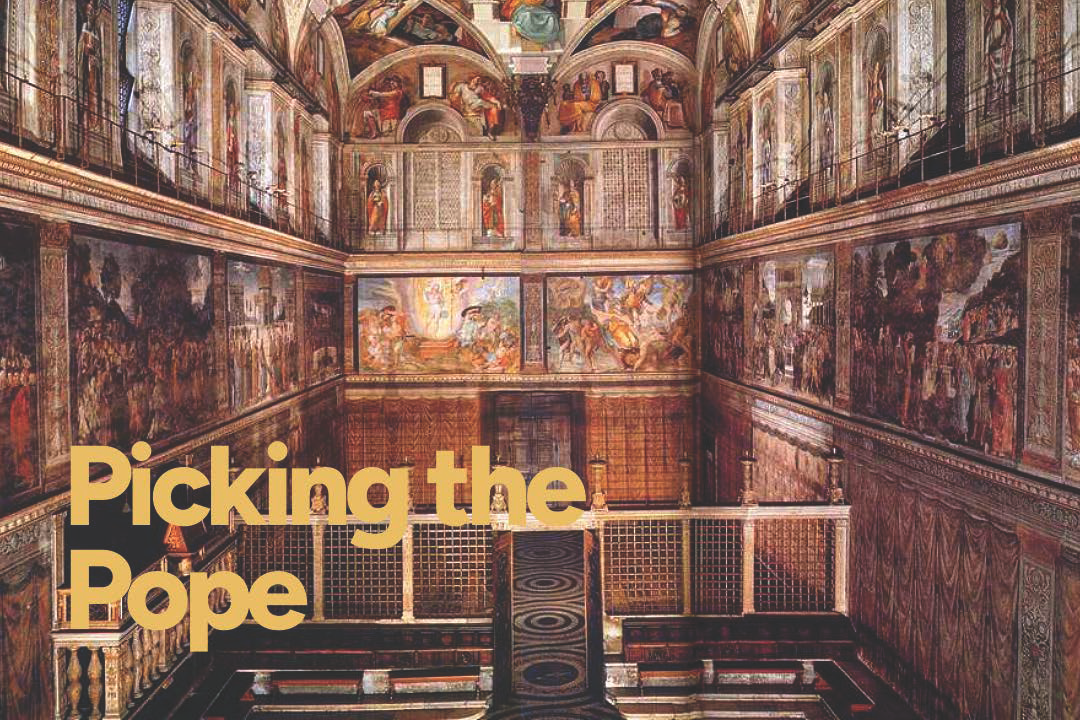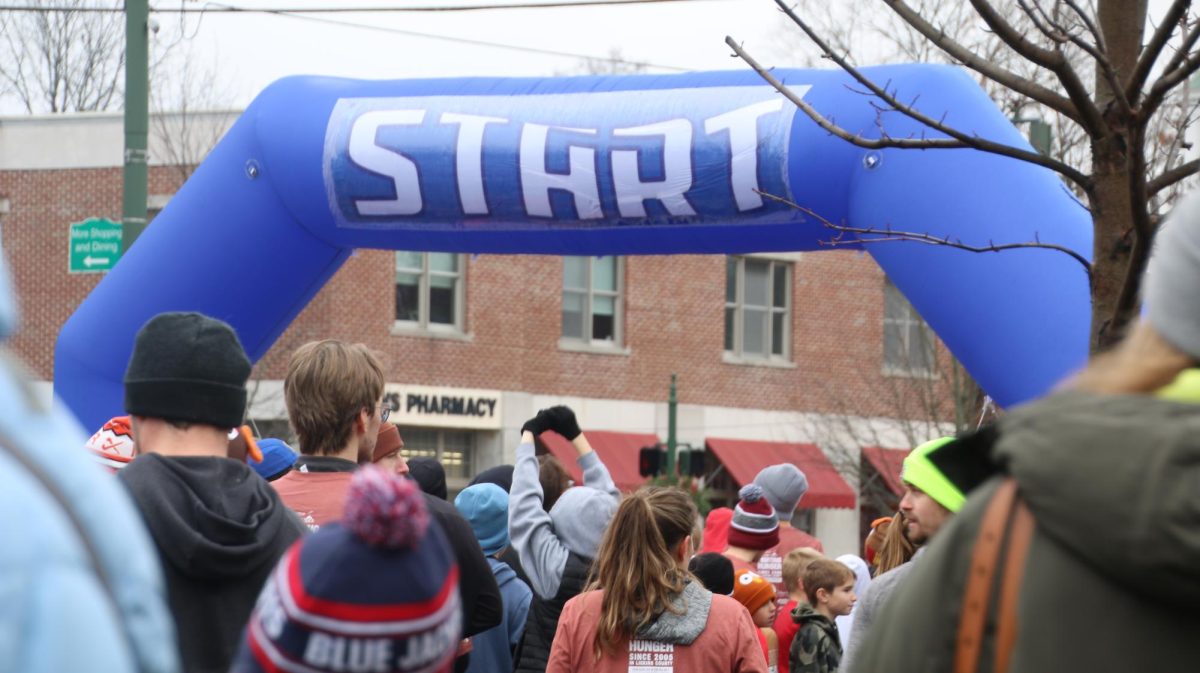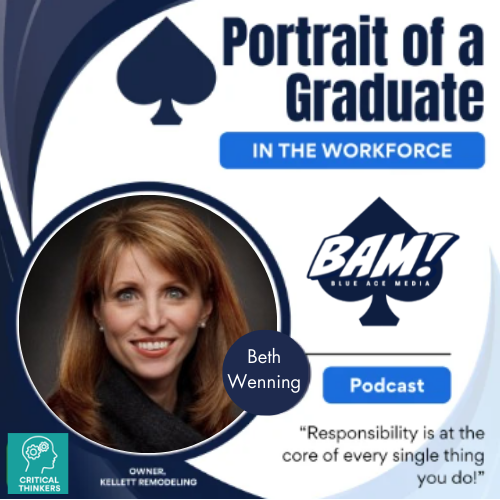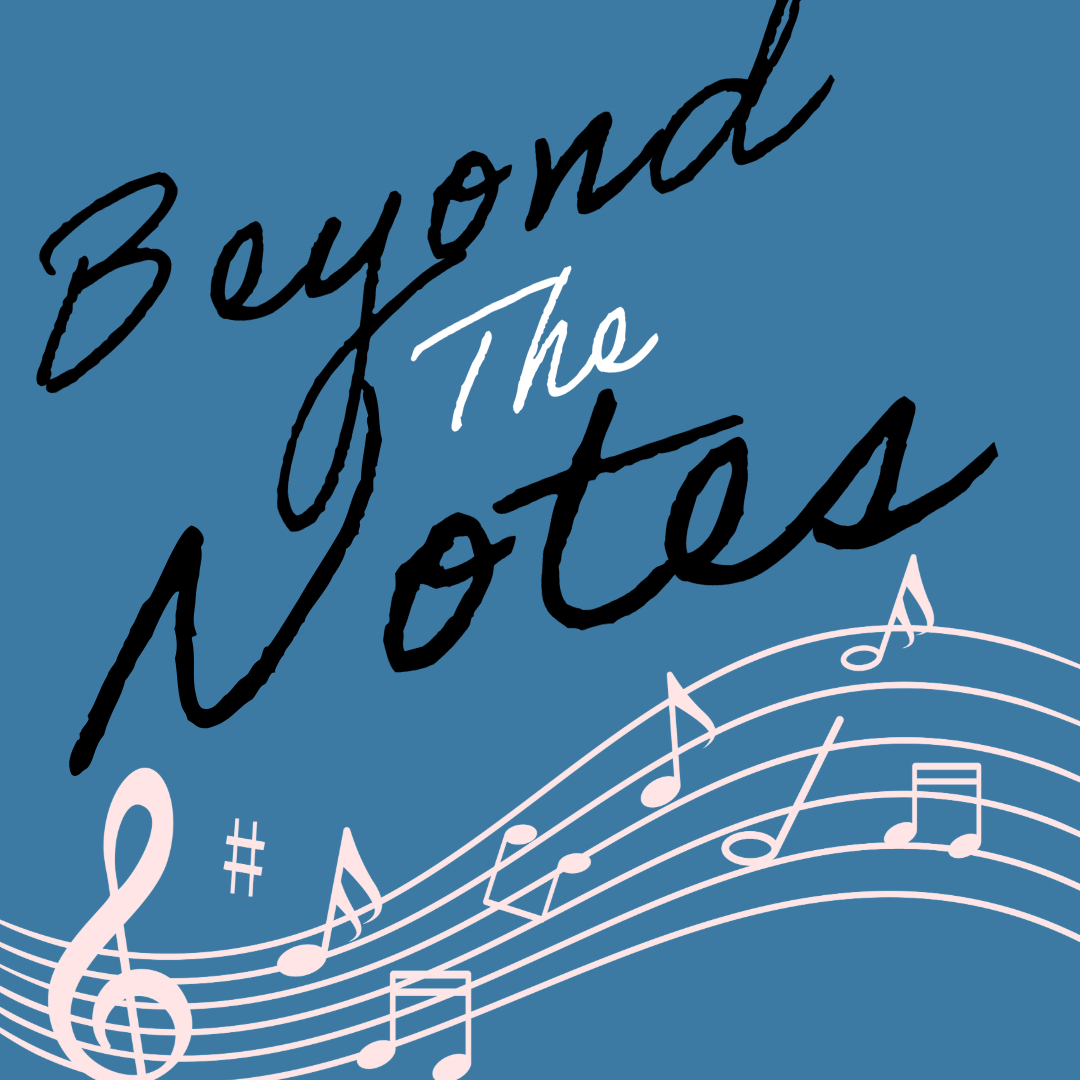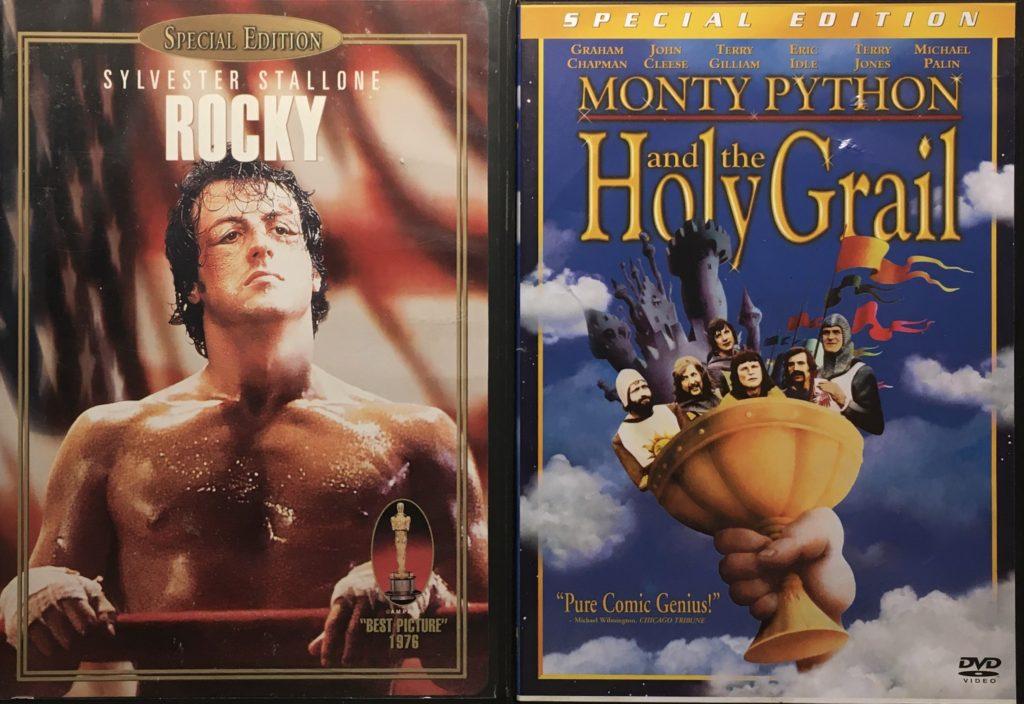With all the streaming services available today and all the hundreds of thousands of movies that have been released over the years, there are plenty of movies that many of us will never get to see.
It would be impossible for any one human being to watch every movie ever released , so BluePrints has narrowed it down for you. Here are ten films from the 1970s that are considered by many to be “must see.”
Monty Python and the Holy Grail (1975) – dir. Terry Gilliam and Terry Jones
While the name may be lost for the most part with today’s younger audiences, the UK comedy group Monty Python was once synonymous with wacky, satirical comedy. They are known for their TV series as well as numerous films, but perhaps their most famous work is the group’s take on the Authurian legend in,”Monty Python and the Holy Grail.”
From the opening credits, the audience is immediately aware that this is a comedy unlike any other, for it takes a near four full minutes to get through. From there it only gets crazier and better. While this style of comedy is not for everyone, Monty Python is able to expertly balance substance and silliness so that most viewers can stay intrigued while at the same time keeling over with laughter. Due to the directing duo of Jones and Gilliam being amateur directors, describing it as a “learning experience,” the bulk of the comedic value was carried by the already established chemistry between the six members of Monty Python.
If you are looking for a fun picture that does not need to be thought about too much during or after viewing, as opposed to other entries in this list,”Monty Python and the Holy Grail” may just be the right choice.
Jaws (1975) – dir. Steven Spielberg
The original summer blockbuster, “Jaws” saw unprecedented amounts of money being thrown at marketing schemes resulting in lots of buzz surrounding the film’s release. This all paid off, for the movie went on to gross a then record $7 million opening weekend and in less than two months grossed $100 million. It is this marketing technique that essentially transformed how movies were released. Most movies from then on saw mass theatrical releases as they were simultaneously brought to hundreds of theaters at once instead of gradually being shown in cinemas across the country.
However, it is not just its impact on Hollywood that makes this film as legendary as it is. Going over budget, constantly behind schedule and just having a generally terrible time during principle photography, Steven Speilberg was still able to craft one of the most iconic thrillers of all time. No one has ever gone to the beach since 1975 and not sung John Williams’ Oscar-worthy score and Martin Brody’s famous line,”We’re going to need a bigger boat,” is still ringing in the ears of die hard movie fans across the globe.
Extremely entertaining, rock-solid storytelling, and memorable beyond belief, it is impossible to not mention “Jaws” in the list of best and most important films from the 1970s.
Taxi Driver (1976) – dir. Martin Scorsese
Martin Scorsese is easily one of the world’s greatest living filmmakers, for he has pumped out numerous classics since he began his career in the late 1960s. Among these classics lies “Taxi Driver,” the story about Travis Bickle, played by Robert De Niro, the Vietnam War veteran serving as a taxi driver as he aimlessly drives dozens of customers through the streets of New York City trying to cope with his chronic insomnia.
This brief overview of the plot does (and I cannot stress this enough) not do the movie justice. This complex of a picture cannot be described via the written word, for this character study of Bickle is one of the best to ever grace the silver screen. The audience experiences the various intense encounters, exchanges and events that occur throughout our journey alongside Travis and are left just as scared as the man on screen.
While this film was, and still is considered by few, controversial in regards to the excessive violence and the casting of a 12 year old, played by Jodie Foster, to act as a prostitute, it has stood the test of time in regards to iconography and importance to the industry.
Carrie (1976) – dir. Brian de Palma
Before “It,” “The Shining,” “Pet Sematary” and nearly 100 others, Brian De Palma’s “Carrie” was the very first Stephen King film adaptation. It could be theorized that without the immense success of this first King adaptation that these many others would never have been brought to fruition.
Today, the film’s legacy is being the first of 100 Stephen King movies, but back when it was first released it was praised for its acting and wonderful horror sequences, particularly the end prom scene. Without spoiling for would-be viewers, the ending is one of the most shocking in cinema history, being but on many lists that count down the scariest scenes of all time.
Enjoying success commercially and critically, “Carrie” is still able to disturb audiences with its very entertaining horror elements.
Rocky (1976) – dir. John G. Avildsen
We all know the story of “Rocky,” the unknown boxer who is finally given a shot and makes the most out of his incredible opportunity. The film’s plot mimics the tale of how Syllvester Stallone came to write this inspiring story.
Despite the fact that Stallone was dirt poor when he wrote the script, he refused to let anyone besides himself star in the title role as Rocky Balboa when United Artists took interest in his story. This resulted in a major pay cut for Stallone and an extremely low filming budget of around $1 million. Clearly this was a necessary risk to take for his career, hence the immense fame and wealth that followed the release of Stallone’s masterpiece.
Many predicted a box office flop, some thought it would be successful, but nobody could have ever foreseen “Rocky” turning out to be the pop culture phenomenon that it is known as today. There are multiple scenes (the meat locker and running on the streets of Philadelphia, training for his big fight) that everyone and their mother knows plus a score that is exclusively associated with training, motivation and victory thanks to this film. The plot of the movie and its writer are also similar to the tale of production itself, making the film all that much more special.
Annie Hall (1977) – dir. Woody Allen
Romantic comedies, often referred to simply as “rom-coms,” are usually seen as a throw-away genre by most serious movie-goers, for they usually fall under the umbrella of bad acting, cheesy dialogue and, in general, poor filmmaking. However, Woody Allen’s “Annie Hall” is a different breed of romantic comedy, for the script is legitimately funny and the character’s feelings are extremely heartfelt.
This detailed story of Alvy Singer (Woody Allen) and his quest to find where his relationship with Annie Hall (Diane Keaton) went wrong may sound like one that could be hard to get into, but when mixed with hilarious lines and an artsy/experimental execution, the viewer is continually intrigued, patiently waiting to see what will come next. In a year where Woody Allen’s masterpiece was put up against George Lucas’s iconic “Star Wars” for Best Picture at the Oscars, “Annie Hall” still came out victorious.
While not for everyone, this film tells a relatable story in a way that makes it not only a passionate love story, but also a hilarious comedy.
Star Wars: A New Hope (1977) – dir. George Lucas
While the science fiction genre has been around since the conception of cinema, before “A New Hope” few of them succeeded in getting past the extremely cheesy precedent that was set films released prior to the 1960s. It was in 1968 where cinema saw the debut of Stanley Kubrick’s ground breaking “2001: A Space Odyssey” and sci-fi instantly changed from a stupid, ignored genre to one that was entirely capable of running at the same creative level of dramas and war epics.
This new idea of science fiction was built upon with the release of George Lucas’s “Star Wars: A New Hope.” At the time of its release, the film was nominated for ten Academy Awards and won seven, being especially praised for its impressive and revolutionary visual effects. It has since gone on to be considered by many to be one of the most important movies in the history of cinema.
The extreme success of the film, commercially and critically, prompted the production of eleven successive movies over the span of nearly 40 years with many other spin offs and TV shows being produced during that time, and the franchise shows no signs of slowing down any time soon. Few films have had the lasting impact to rival the magnitude of “Star Wars,” making it impossible to properly state the importance of a film such as this. All there is to say is: with stellar world-building, air tight storytelling, wonderful dialogue, and entertaining scenes, “A New Hope” is a must watch when it comes to 1970s cinema.
Animal House (1978) – dir. John Landis
In his first major role outside of SNL, John Belushi plays the hysterical character of John “Bluto” Blutarsky, who nearly single-handedly carries the film from a comedy perspective. Of course there are other funny moments and characters that have nothing to do with Belushi but without his presence this film would have been left stranded.
The plot is nothing special, but of course that is not the point, for these types of movies focus on characters, improvisation and hilarity more than they do rock-solid storytelling. This kind of approach results in a rambunctious product that while feeling sloppy at times is an all hilarious picture that was an essential part of the 1970s comedy genre, much like “Monty Python and the Holy Grail.”
Alien (1979) – dir. Ridley Scott
The perfect mix of science fiction and horror, “Alien” was green-lit for production by 20th Century Fox after 1977’s “Star Wars” reinvigorated commercial interest in the sci-fi genre.
While finding a director to helm the script was a monumental task, eventually the job was offered to budding filmmaker Ridley Scott, who excitedly accepted the project and showed so much enthusiasm that the film’s budget was doubled. Scott was passionate about keeping this movie out of the fantasy genre and have its footing firmly planted in the horror genre, even going so far as to describe his aspirations for the film as “The Texas Chainsaw Massacre of science fiction.” It is this care for the film from the director that truly shines through in the finished product.
The setting in which film takes place in, and the constant reminder to the audience of where they are, is what opened the door for Scott to make “Alien” into the legendary horror film that it is considered today. All six members of the Nostromo (the name of the space vessel that the characters are travelling in) are isolated and completely alone in space with no chance of rescue. It is this sense of pure “aloneness” that elevates the quality of horror to a new plane. In addition to the very purposeful setting, Ridley Scott, in collaboration with the editor Terry Rawlings, gave the film a slow pace to build suspense in order to let the frightening moments stand out even more from the rest of the film.
There are so many examples of expert filmmaking craft, such as wonderful practical effects, beautiful performances from the cast, fun storytelling, etc., saturating the film that it would be futile to attempt and list them all in a quick article.
Apocalypse Now (1979) – dir. Francis Ford Coppola
Released only four short years after the conflict in Vietnam came to an end, Francis Ford Coppola sought to recreate the war experience so that he could evoke a reaction in audiences similar to the reaction of people that have actually been through war.
Another hectic and chaotic time on set, Coppola had to deal with an overweight and unprepared Marlon Brando, Martin Sheen’s heart attack, terrible weather, screenplay rewrites by the day, and nearly 1 million feet of film (183 hours worth of footage). Just as the characters in the movie, the cast and crew slowly went insane in the jungles of the Philippines, the site of principle photography. While the production may have been hell, the end result is a movie that many consider to be one of the greatest war epics ever created.
The film’s plot, score and soundtrack add to this mentality of a soldier whose experience with warfare breaks him down to the point of insanity. This theme is accompanied by an atmosphere that makes the movie almost feel like a myth or an ancient story, aided by the narration, making it feel as if you are being told this legend of Willard’s descent into the jungle and into madness.
It is a truly unique movie that while being thought provoking and complex has moments that allows the viewer to just sit back and witness the awesome shots and hardcore scenes that “Apocalypse Now” has to offer.




